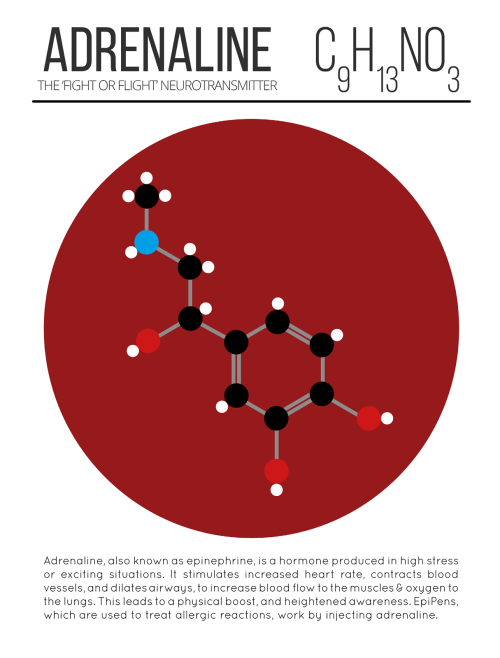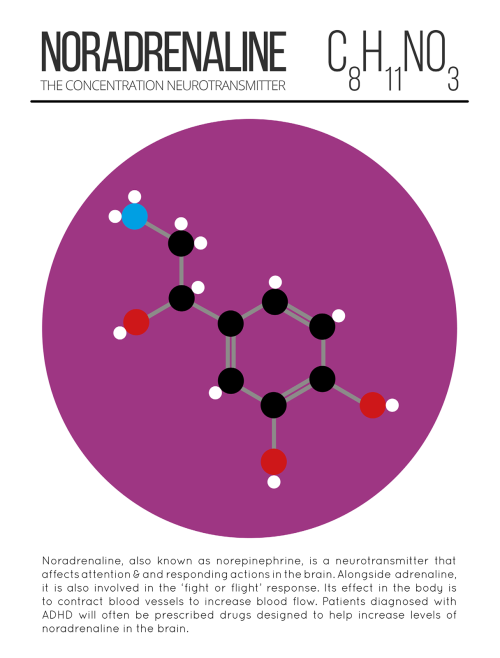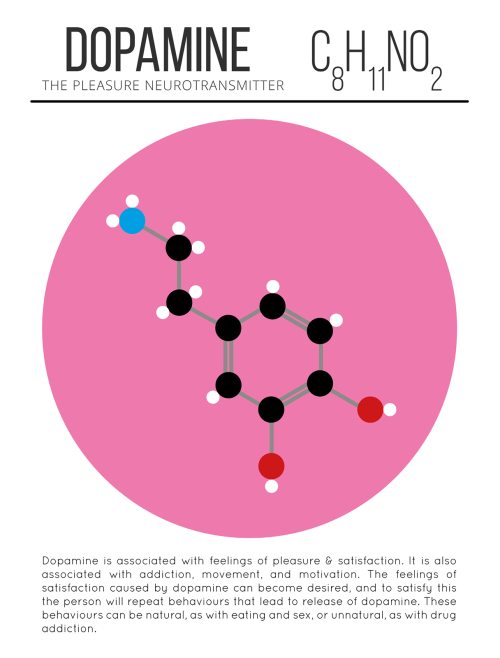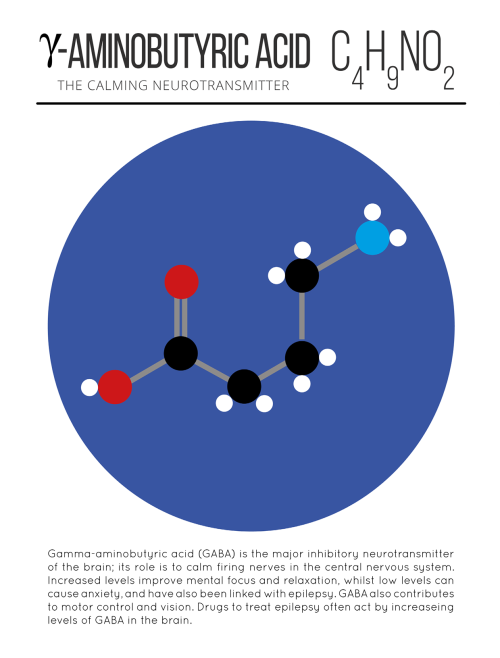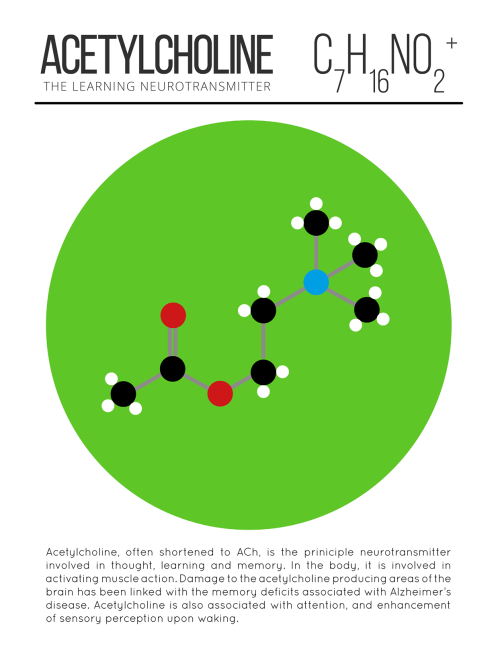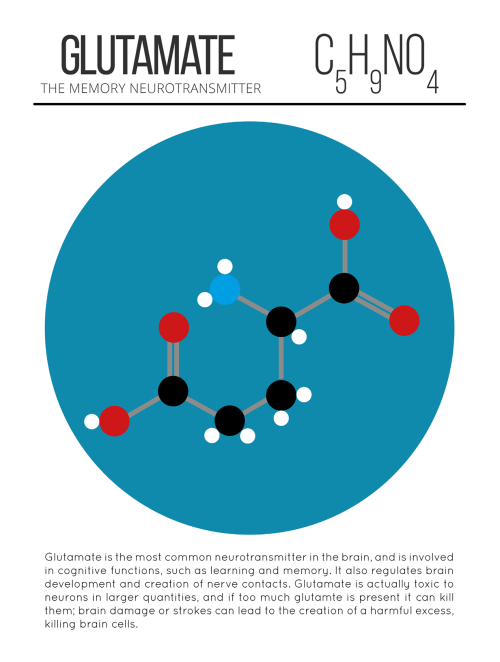Neil DeGrasse Tyson Talking About Creationism, Science Celebrities And Kids On National Geographic. Watch





Neil deGrasse Tyson talking about creationism, science celebrities and kids on National Geographic. Watch the full video here.
More Posts from Contradictiontonature and Others

Today, scientists working with telescopes at the European Southern Observatory and NASA announced a remarkable new discovery: An entire system of Earth-sized planets. If that’s not enough, the team asserts that the density measurements of the planets indicates that the six innermost are Earth-like rocky worlds.
And that’s just the beginning.
Three of the planets lie in the star’s habitable zone. If you aren’t familiar with the term, the habitable zone (also known as the “goldilocks zone”) is the region surrounding a star in which liquid water could theoretically exist. This means that all three of these alien worlds may have entire oceans of water, dramatically increasing the possibility of life. The other planets are less likely to host oceans of water, but the team states that liquid water is still a possibility on each of these worlds.
Summing the work, lead author Michaël Gillon notes that this solar system has the largest number of Earth-sized planets yet found and the largest number of worlds that could support liquid water: “This is an amazing planetary system — not only because we have found so many planets, but because they are all surprisingly similar in size to the Earth!”
Co-author Amaury Triaud notes that the star in this system is an “ultracool dwarf,” and he clarifies what this means in relation to the planets: “The energy output from dwarf stars like TRAPPIST-1 is much weaker than that of our Sun. Planets would need to be in far closer orbits than we see in the Solar System if there is to be surface water. Fortunately, it seems that this kind of compact configuration is just what we see around TRAPPIST-1.”
Continue Reading.

A mighty membrane that twists and turns through the gut is starting the new year with a new classification: the structure, called the mesentery, has been upgraded to an organ.
Scientists have known about the structure, which connects a person’s small and large intestines to the abdominal wall and anchors them in place, according to the Mayo Clinic. However, until now, it was thought of as a number of distinct membranes by most scientists. Interestingly, in one of its earliest descriptions, none other than Leonardo da Vinci identified the membranes as a single structure, according to a recent review.
Brain Parasites: part II.
Taenia solium:

The pork tapeworm, Taenia solium, is the most harmful tapeworm in humans. Taenia solium infection is acquired either from human feces that contains Taenia solium eggs or from uncooked pork which contains larval cysts. If larvae are ingested, they mature into adults in the small intestine. This infection type is called taeniasis and is often asymptomatic. If eggs are ingested, the resulting disease is cysticercosis. It gets its name from larval Taenia solium called cysticercus. Both diseases are common in Africa, Asia, South America and Southern Europe. Taeniasis is rare in Muslim countries since people there do not consume pork.
Keep reading

It’s time for #TrilobiteTuesday! During their lengthy trek through time, trilobites existed in an almost dizzying array of sizes and shapes. Perhaps no other creature in the entire history of the earth has ever displayed the diversity of design shown by these singularly distinctive arthropods. But at their heart (and yes, trilobites apparently did possess primitive but effective cardio-respiratory systems), they were all remarkably similar. Named not, as is generally surmised, for their three main body segments – cephalon (head), thorax (body) and pygidium (tail) – but rather for the three lobes that longitudinally divided their dorsal exoskeleton. Whether they were Cambrian Olenellids – such as this Olenellus romensis from Alabama – or Devonian Phacopids, most trilobites presented a fundamentally analogous body design. Such characteristics as occipital lobes, anterior margins and facial sutures (which allowed early trilobites to shed their molting shell), were shared by the majority of trilobite species, as were such exotic-sounding features as axial rings, articulating facets and pleural spines.








Today is UN International Day of Women and Girls in Science!
We’ve pulled together this collection of quotes from inspiring women who have made huge contributions in their scientific fields.
Please share this inspiration!

We Just Moved One Step Closer to Understanding (and Defeating) Alzheimer’s




Solidification of liquid Gallium
Gallium is a chemical element with symbol Ga and atomic number 31. Gallium is a soft, silvery metal, and elemental gallium is a brittle solid at low temperatures, and melts at 29.76 °C (85.57 °F) (slightly above room temperature). Elemental gallium is not found in nature, but it is easily obtained by smelting.
Gallium metal expands by 3.1% when it solidifies, and therefore storage in either glass or metal containers are avoided, due to the possibility of container rupture with freezing. Gallium shares the higher-density liquid state with only a few materials, like water, silicon,germanium, bismuth, and plutonium.
Giffed by: rudescience From: This video










TOP TEN MOST DEADLY INFECTIOUS DISEASES
This list is based off of the assumption that the infected individual does not receive medical treatment.
1. Prions (mad cow disease, Creutzfeld-Jakob disease, kuru, fatal familial insomnia): 100%
2. Rabies: ~100%
3. African trypanosomiasis (’African sleeping sickness’): ~100%
4. Primary amoebic encephalitis caused by Naegleri fowlerii (’the brain-eating amoeba’): ~100%
5. Yersinia pestis, specifically the pneumonic or septicemic subtype (’the black plague’): ~100%
6. Visceral leishmaniasis: ~100%
7. Smallpox, specifically the malignant (flat) or hemorragic subtype: 95%
8. Ebola virus, specifically the Zaire strain: 83-90%
9. HIV: 80-90%
10. Anthrax, specifically the pulmonary subtype: >85%
-
 chabby4memes liked this · 5 months ago
chabby4memes liked this · 5 months ago -
 annaxpdoa liked this · 7 months ago
annaxpdoa liked this · 7 months ago -
 nblkolt liked this · 10 months ago
nblkolt liked this · 10 months ago -
 seriouslydidijustdothat reblogged this · 10 months ago
seriouslydidijustdothat reblogged this · 10 months ago -
 winterbecomesher reblogged this · 10 months ago
winterbecomesher reblogged this · 10 months ago -
 winterbecomesher liked this · 10 months ago
winterbecomesher liked this · 10 months ago -
 jkjustkueen liked this · 10 months ago
jkjustkueen liked this · 10 months ago -
 henrynerdfan liked this · 10 months ago
henrynerdfan liked this · 10 months ago -
 caemelia liked this · 10 months ago
caemelia liked this · 10 months ago -
 wa-ni reblogged this · 10 months ago
wa-ni reblogged this · 10 months ago -
 luna-aestas reblogged this · 10 months ago
luna-aestas reblogged this · 10 months ago -
 luna-aestas liked this · 10 months ago
luna-aestas liked this · 10 months ago -
 ussgallifrey liked this · 10 months ago
ussgallifrey liked this · 10 months ago -
 happinessisaloadedgun reblogged this · 10 months ago
happinessisaloadedgun reblogged this · 10 months ago -
 happinessisaloadedgun liked this · 10 months ago
happinessisaloadedgun liked this · 10 months ago -
 stankhole liked this · 10 months ago
stankhole liked this · 10 months ago -
 ittybxttykxttytxtty reblogged this · 10 months ago
ittybxttykxttytxtty reblogged this · 10 months ago -
 ittybxttykxttytxtty liked this · 10 months ago
ittybxttykxttytxtty liked this · 10 months ago -
 latida-poofta liked this · 10 months ago
latida-poofta liked this · 10 months ago -
 identity2212 liked this · 10 months ago
identity2212 liked this · 10 months ago -
 ughdontbeboring reblogged this · 10 months ago
ughdontbeboring reblogged this · 10 months ago -
 missamericanainthebeyhive liked this · 10 months ago
missamericanainthebeyhive liked this · 10 months ago -
 superblyscrumptiousdonut2 liked this · 10 months ago
superblyscrumptiousdonut2 liked this · 10 months ago -
 emeraldgreen3 liked this · 10 months ago
emeraldgreen3 liked this · 10 months ago -
 echo-ethe liked this · 10 months ago
echo-ethe liked this · 10 months ago -
 humannoodlesoup reblogged this · 10 months ago
humannoodlesoup reblogged this · 10 months ago -
 itskiki05-blog liked this · 10 months ago
itskiki05-blog liked this · 10 months ago -
 petterssonshootsandscores liked this · 10 months ago
petterssonshootsandscores liked this · 10 months ago -
 forestlocker28 reblogged this · 10 months ago
forestlocker28 reblogged this · 10 months ago -
 princesskreator liked this · 10 months ago
princesskreator liked this · 10 months ago -
 toomanytocountsposts liked this · 10 months ago
toomanytocountsposts liked this · 10 months ago -
 likeashark reblogged this · 10 months ago
likeashark reblogged this · 10 months ago -
 arainbow-fish liked this · 10 months ago
arainbow-fish liked this · 10 months ago -
 arcane-vagabond reblogged this · 10 months ago
arcane-vagabond reblogged this · 10 months ago -
 high-functioning-cosplayer reblogged this · 10 months ago
high-functioning-cosplayer reblogged this · 10 months ago -
 extraterrestrialliving liked this · 10 months ago
extraterrestrialliving liked this · 10 months ago -
 living-on--the-moon liked this · 10 months ago
living-on--the-moon liked this · 10 months ago -
 thethingsthatkeepmegoing reblogged this · 10 months ago
thethingsthatkeepmegoing reblogged this · 10 months ago -
 thethingsthatkeepmegoing liked this · 10 months ago
thethingsthatkeepmegoing liked this · 10 months ago -
 kstar770 liked this · 10 months ago
kstar770 liked this · 10 months ago -
 ems-alexandra liked this · 10 months ago
ems-alexandra liked this · 10 months ago -
 starrypiscesao3 reblogged this · 10 months ago
starrypiscesao3 reblogged this · 10 months ago -
 starrypiscesao3 liked this · 10 months ago
starrypiscesao3 liked this · 10 months ago -
 xbrex liked this · 10 months ago
xbrex liked this · 10 months ago -
 whoeverineedtobe reblogged this · 10 months ago
whoeverineedtobe reblogged this · 10 months ago -
 zoomzoomer liked this · 10 months ago
zoomzoomer liked this · 10 months ago -
 merthur-phandom reblogged this · 10 months ago
merthur-phandom reblogged this · 10 months ago -
 lacewrites liked this · 10 months ago
lacewrites liked this · 10 months ago
A pharmacist and a little science sideblog. "Knowledge belongs to humanity, and is the torch which illuminates the world." - Louis Pasteur
215 posts









